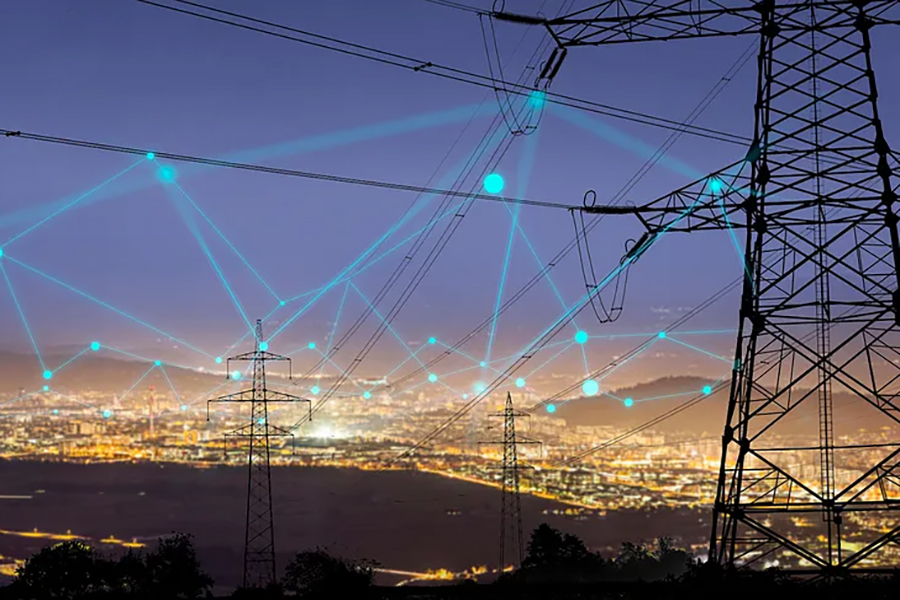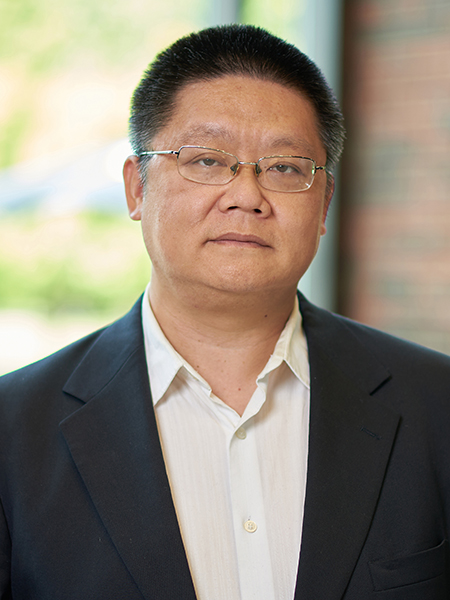Game theory comes to the defense of the smart grid

Smart grid refers to the use of information technology to make the power grid “smart.” For example, we can use sensors and communication infrastructure to monitor the voltages and currents in different locations of the grid for more precise control. In addition, a smart grid enables dynamic pricing of electric power, incentivizing us to use power when its generation is cheaper, which levels the peaks of power consumption. Most consumers are familiar with the smart grid through the smart meters that automatically record their usage.
However, smart also means vulnerable, as we introduce more information technology and networks — and the ability to access them remotely via wireless communication — to the labyrinth of transmission lines, substations, transformers and other elements that move electricity from power plants to homes and businesses across the United States.
That’s a lot of targets for malicious cyber actors to attack. According to the U.S. Department of Energy, our nation’s current electric grid, originally constructed in the 1890s and continually improved, consists of more than 9,200 electric generating units with 1 million-plus megawatts of generating capacity connected to over 300,000 miles of transmission lines.
Attackers may use a variety of infiltration strategies to threaten the grid. For instance, in a so-called false-data injection attack, someone or a group may hack into the communication networks of the grid and replace actual measurements with deliberately designed false data; this data spoofing can cause the control center to take wrong actions. The worst-case result could be a wide area blackout, which could cost tens of millions of dollars and wreak untold havoc on homes, businesses and people.
Another tactic in the cyber invader toolkit is a denial-of-service attack, in which the bad actor simply overwhelms the communication infrastructure with maliciously-generated data packets.
Yet another avenue of attack is through GPS spoofing. For example, power grids may use GPS for synchronizing the clocks at different sensors. If the timing is changed by fake GPS signals, it could trigger false alarms of power grid instability.
Unfortunately, uncertainty rules the day — you can never really know how an attacker in the dark will strike, so you must prepare beforehand for various possible situations. One mathematical tool available to defenders to study their potential defenses is game theory.
Game theory involves the use of mathematical models to simulate and analyze scenarios in which the “players” in the game — in this case, the power grid’s cyber attackers and the grid’s cyber defenders — make a series of interdependent decisions as they execute and adapt their strategies for attack and defense.
Our research involves modeling attack jamming and defense anti-jamming as a zero-sum stochastic (probabilistic) game. When being jammed, a remote sensor can take advantage of multiple different channels to sidestep the interference. We’re using numerical simulations of the power grid to demonstrate the benefits when the proper anti-jamming actions are taken.

In playing out the game, a defender strives to minimize the maximal damage the adversary could inflict by modeling the attack and defense as a zero-sum game. In such a game, the attacker and defender share no common interests, and one side’s gains are balanced by the losses of the other, so there is no net loss or gain to the overall grid system.
Cyber defense of the power grid requires interdisciplinary collaboration, as power grids are cyber-physical systems with elements of both the computational sphere and the physical world of objects and infrastructure.
To this end, I am leveraging my affiliation with Purdue’s Institute for Control, Optimization and Networks (ICON). The institute brings together expertise from many disciplines to help researchers tackle challenges in complex, connected and autonomous systems. Potential teamwork stretches across 75 ICON-affiliated faculty in more than 12 Purdue disciplines, schools and departments, as well as domain experts in industry and government agencies.
We have a long way to go in the quest to properly defend the smart power grid. As the system becomes smarter — through new communication and sensing infrastructure advances that enable increasing efficiency and sustainability benefits — it also becomes more complex, and offers up more points that are susceptible to attack. And the final outcome of the assault becomes less predictable.
That’s why game theory is so crucial — enabling us to continuously game out the possibilities in order to prepare for the unknown.
Husheng Li, PhD
Professor, School of Aeronautics and Astronautics and Elmore Family School of Electrical and Computer Engineering
Faculty Contributor, Institute for Control, Optimization and Networks (ICON)
College of Engineering
Purdue University
